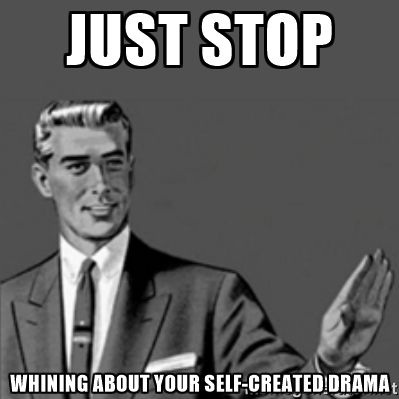Another Repeat: Democratic President's Job Growth Surges Past Expectations in a Sign of Unexpected Vigor
In a sign of continued economic stamina, payrolls grew by 336,000 on a seasonally adjusted basis, the Labor Department said on Friday. The increase, almost double economists’ expectations, serves as a confirmation of the labor market’s vitality and the overall hardiness of an economy facing challenges from a variety of forces.
The unemployment rate was 3.8 percent, unchanged from August, as joblessness ticked back near record lows.
September was the 33rd consecutive month of job growth. Hiring figures for July and August were revised upward, with employers adding 119,000 more jobs to the labor market than previously recorded. But wage gains were cooler than expected, with average hourly earnings rising 0.2 percent from the previous month and 4.2 percent from September 2022.
The unemployment rate has been below 4 percent since December 2021, a stretch not achieved since the late 1960s.
“This is an economy on fire,” said Samuel Rines, an economist and the managing director of Corbu, a financial research firm.
Federal Reserve officials are likely to cast a wary eye on September jobs data, which showed that employers both hired at a rapid clip last month and had added more workers in the previous two months than had been reported earlier.
Fed officials have been keeping a careful watch on the labor market as they try to assess how much more they need to raise interest rates to bring inflation under control, and how long borrowing costs should stay high.
Central bankers had been encouraged as job growth had cooled without collapsing in recent months. They have continued to predict that unemployment will probably rise slightly as the economy slows: To about 4.1 percent, which would still be low by historical standards. Unemployment stood at 3.8 percent as of September.
“Although the jobs-to-workers gap has narrowed, labor demand still exceeds the supply of available workers,” Jerome H. Powell, the Fed chair, said during a news conference in mid-September. Fed officials “expect the rebalancing in the labor market to continue, easing upward pressures on inflation.”
Friday’s report offered little evidence that hiring was continuing to cool, though — instead suggesting that companies continued to snap up workers. That made Wall Street investors wary that the Fed might raise interest rates further, something that would weigh on corporate profits and stock valuations.
Central bankers have already lifted rates to 5.25 to 5.5 percent, and have suggested that they could make one more rate move in 2023 before holding borrowing costs at a high level in 2024.
Heather Mahmood-Corley, a real estate agent, was seeing decent demand for houses in the Phoenix area just a few weeks ago, with interested shoppers and multiple offers. But as mortgage rates pick up again, she is already watching would-be home buyers retrench.
“You’ve got a lot of people on edge,” said Ms. Mahmood-Corley, a Redfin agent who has been selling houses for more than eight years, including more than five in the area.
It’s an early sign of the economic fallout from a sharp rise in interest rates that has taken place in markets since the middle of the summer, when many home buyers and Wall Street traders thought that borrowing costs, which had risen rapidly, might be at or near their peak.
Rates on longer-term government Treasury bonds have been climbing sharply, partly because investors are coming around to the belief that the Federal Reserve may keep its policy rate higher for longer. That adjustment is playing out in sophisticated financial markets, but the fallout could also spread throughout the economy.
Higher interest rates make it more expensive to finance a car purchase, expand a business or borrow for a home. They have already prompted pain in the heavily indebted technology industry, and have sent jitters through commercial real estate markets.
The increasing pressure is partly a sign that Fed policy is working: Officials have been lifting borrowing costs since March 2022 precisely because they want to slow the economy and curb inflation by discouraging borrowing and spending. Their policy adjustments sometimes take a while to push up borrowing costs for consumers and businesses — but are now clearly passing through.
Yet there is a threat that as rates ratchet higher across key parts of financial markets, they could accidentally wallop the economy instead of cooling it gently. So far, growth has been resilient to much higher borrowing costs: Consumers have continued to spend, the housing market has slowed without tanking, and businesses have kept investing. The risk is that rates will reach a tipping point where either a big chunk of that activity grinds to a halt or something breaks in financial markets.
“At this point, the amount of increase in Treasury yields and the tightening itself is not enough to derail the economic expansion,” said Daleep Singh, chief global economist at PGIM Fixed Income. But he noted that higher bond yields — especially if they last — always bring a risk of financial instability.
“You never know exactly what the threshold is at which you trigger these financial stability episodes,” he said.


